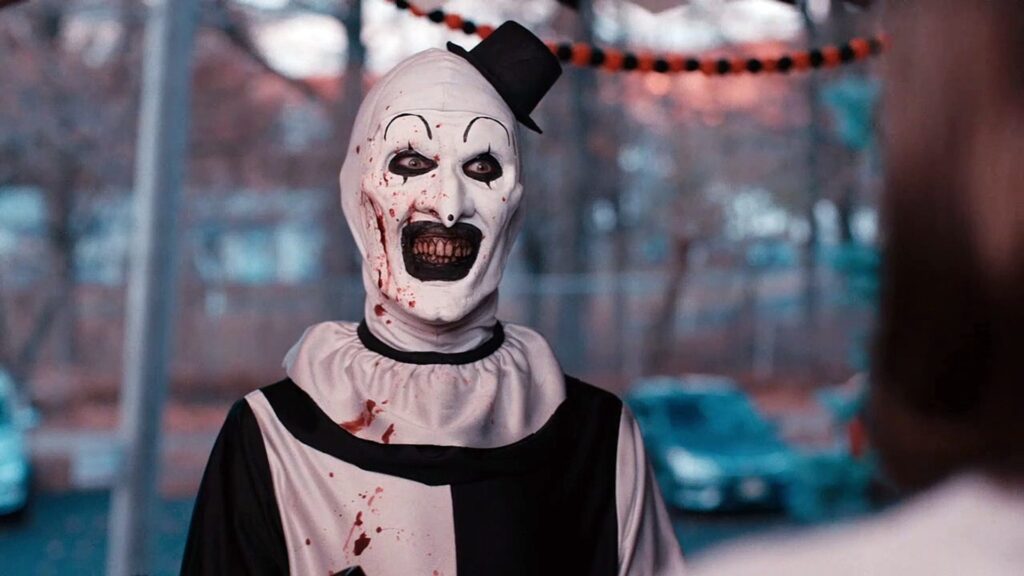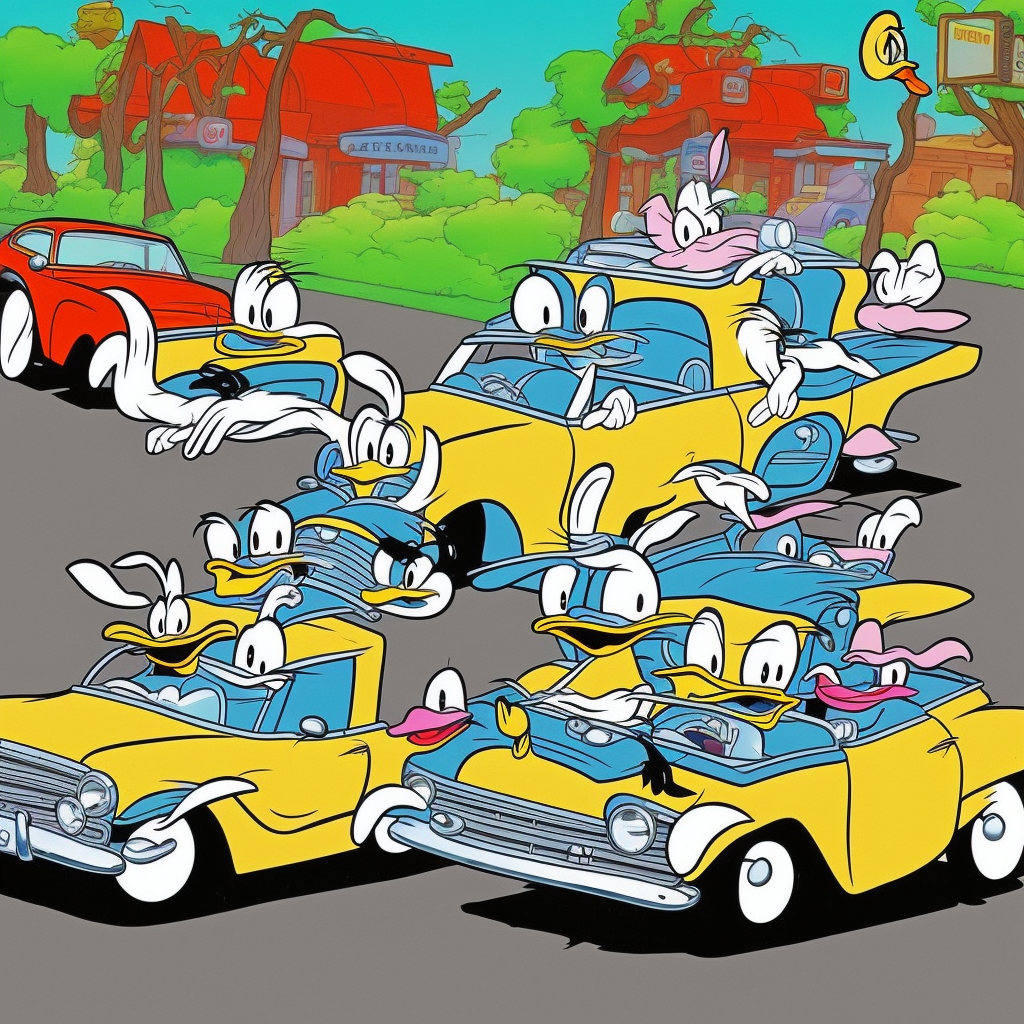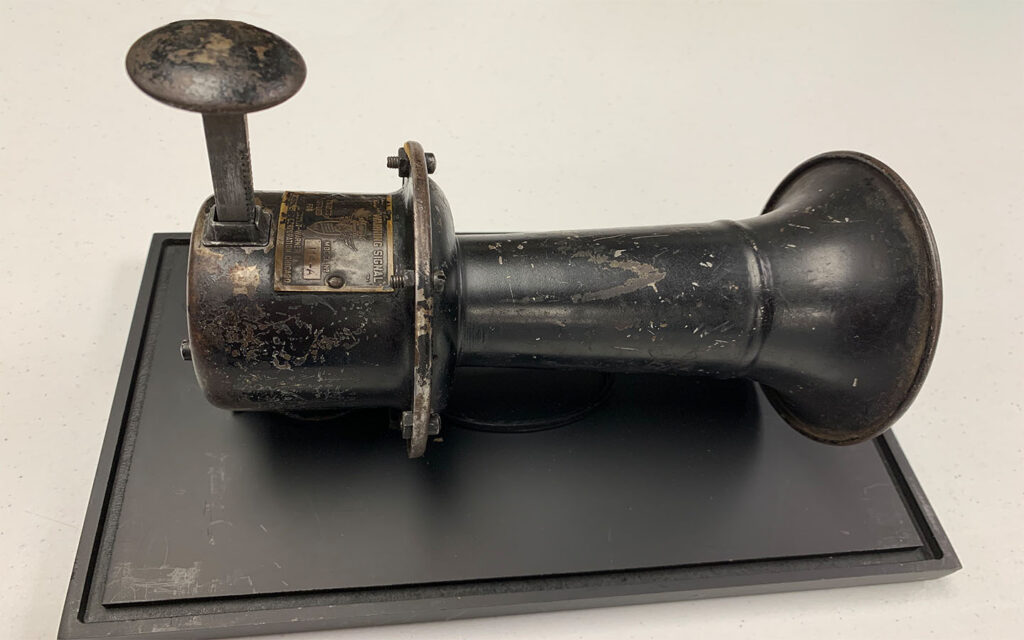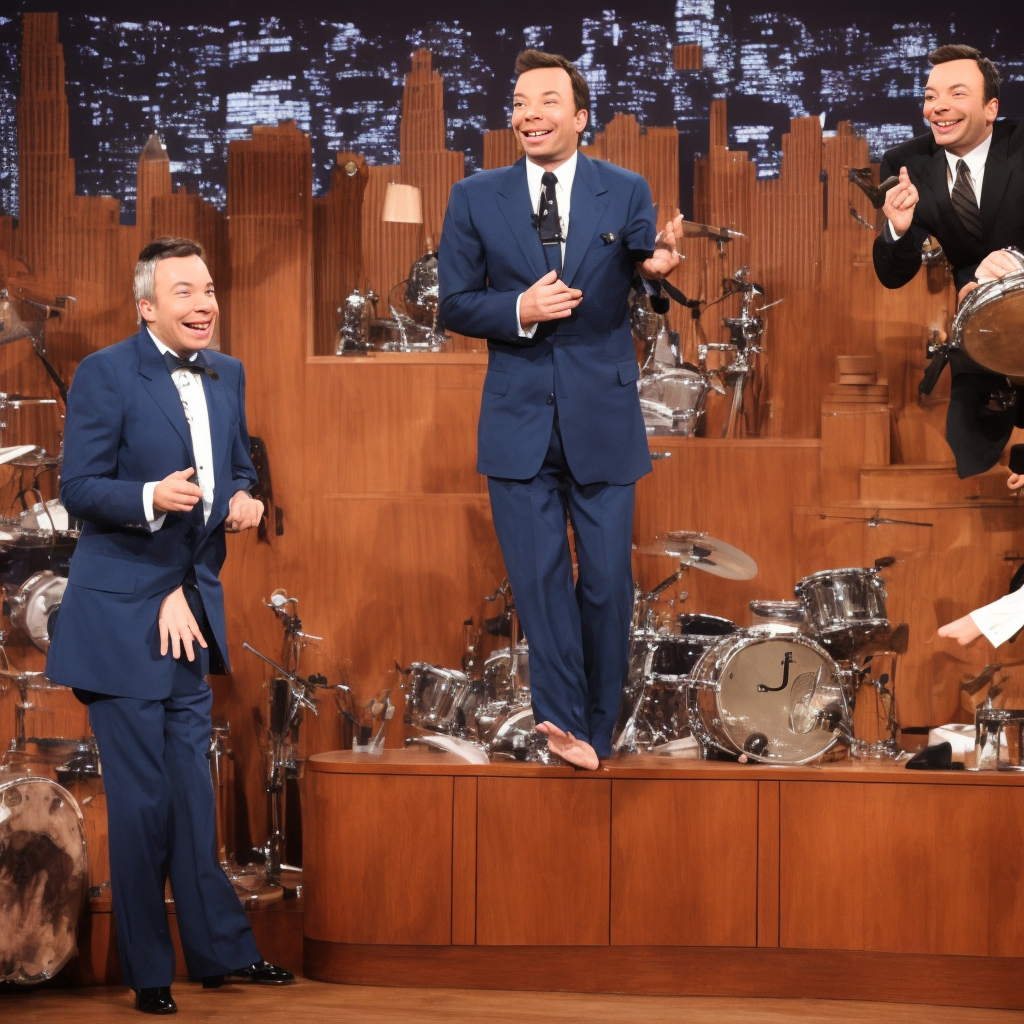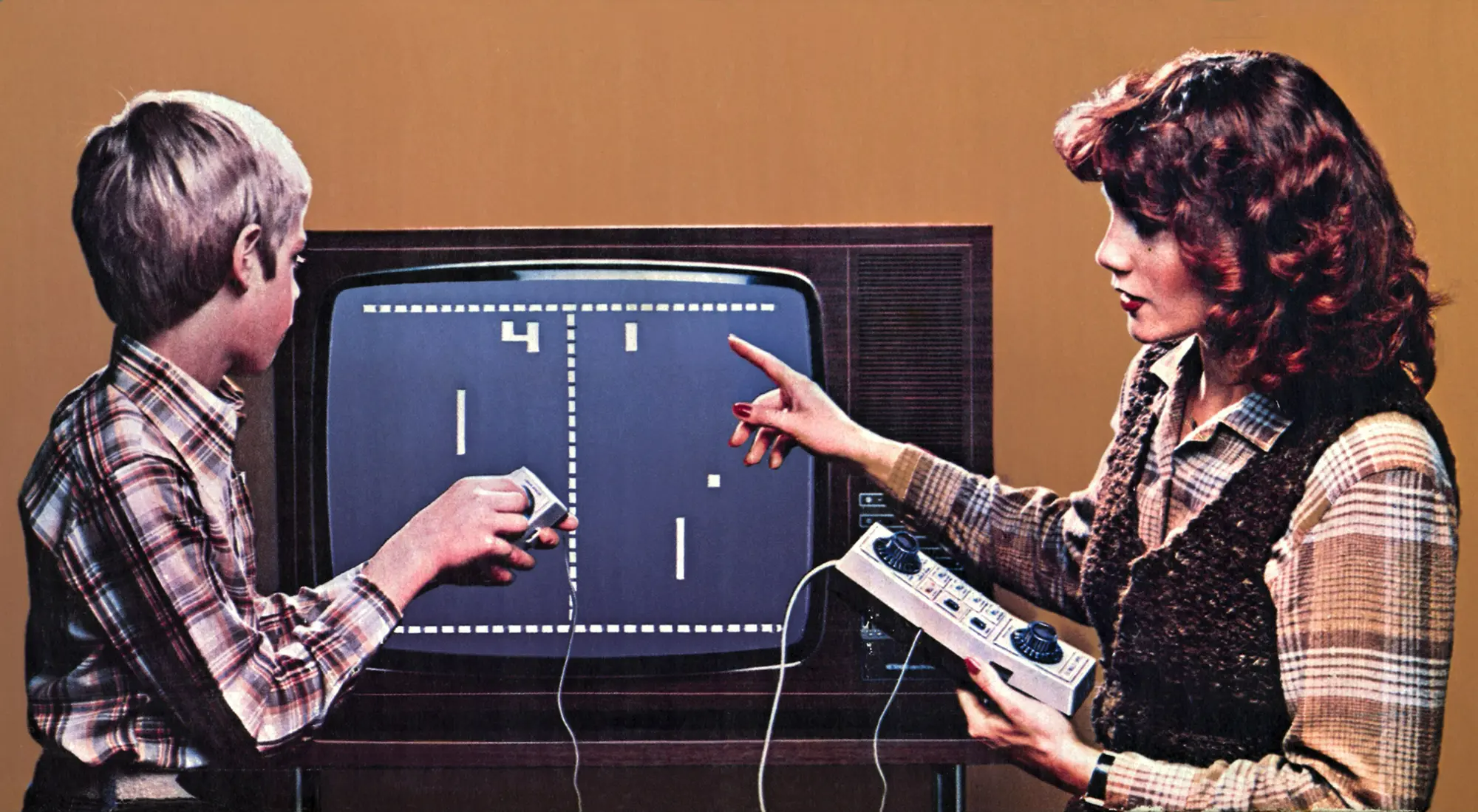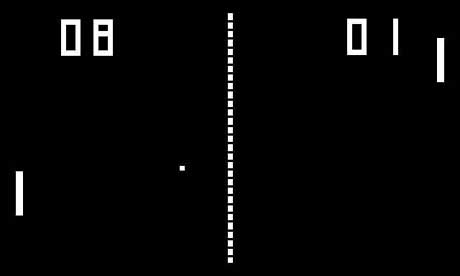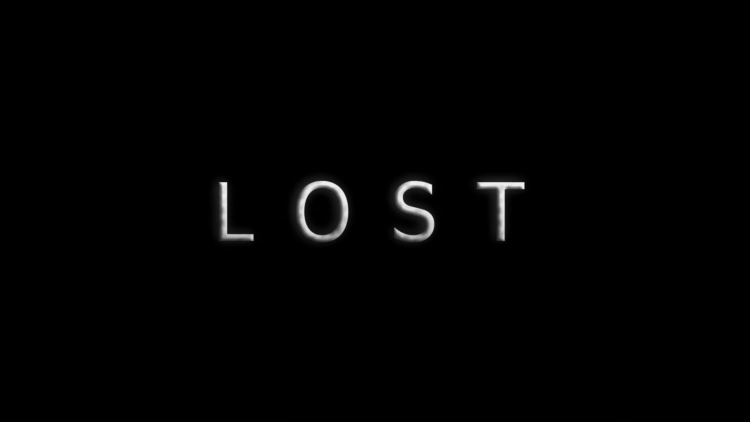
Lost was peak Hollywood television. Long before the bulimic formula of consuming entire seasons in a sitting, viewers would have to wait an entire week in between cliffhangers, discussing single episodes around the watercooler like rats. The average TV-goer would’ve thought about an episode the next day and possibly envision in their mind’s eye what would happen on the next episode.
People in those days were quasi-conscious beings with a rich internal life made up of movie and television scenes. There was no streaming on-demand, no infinite feed, or phantasmagorial reel. This was boomer TV. Now everything happens at the same time, everywhere all at once, so nothing really matters.
Lost was notable for its musicless opening. Sure it was an electronic Kubrick ripoff, but it did its job in timely fashion. The in-show music was of the orchestral tugging-on-the-heartstrings variety, but the intro and outro were noise-based. And based they were!
Every Lost-appreciater knows well the ending thud. In the first few episodes, it was more of a timpani, but they eventually settled on this little beauty.
Like the sound of J.J. Abrams blowing on his glasses to clean them. Or the sound of J.J. Abrams blowing hot smoke up your ass. Or the soft fart of a smoke monster?
Lying under all that noise, there is a low C2. This is the same ominous note that Mike Tyson composed his entrance music out of. Perhaps the Lost sound-designers were inspired by Tyson’s leitmotif.
I think this sound starts with a “P.” How would you write it phonetically? Let me know in the comments.

J.J. Abrahams is known for his “mystery box” formula of TV writing, a means of dragging viewers along on a wild goose chase, because we all know it’s not about the goose so much as the wild chase that leads to nothing.
This was before J.J. killed Star Trek and Star Wars. Who knows what franchises he’ll kill in the future? The Wings reboot? Regarding Henry the Second? Somehow this guy keeps getting work in Hollywood and it’s nigh impossible to say why.

